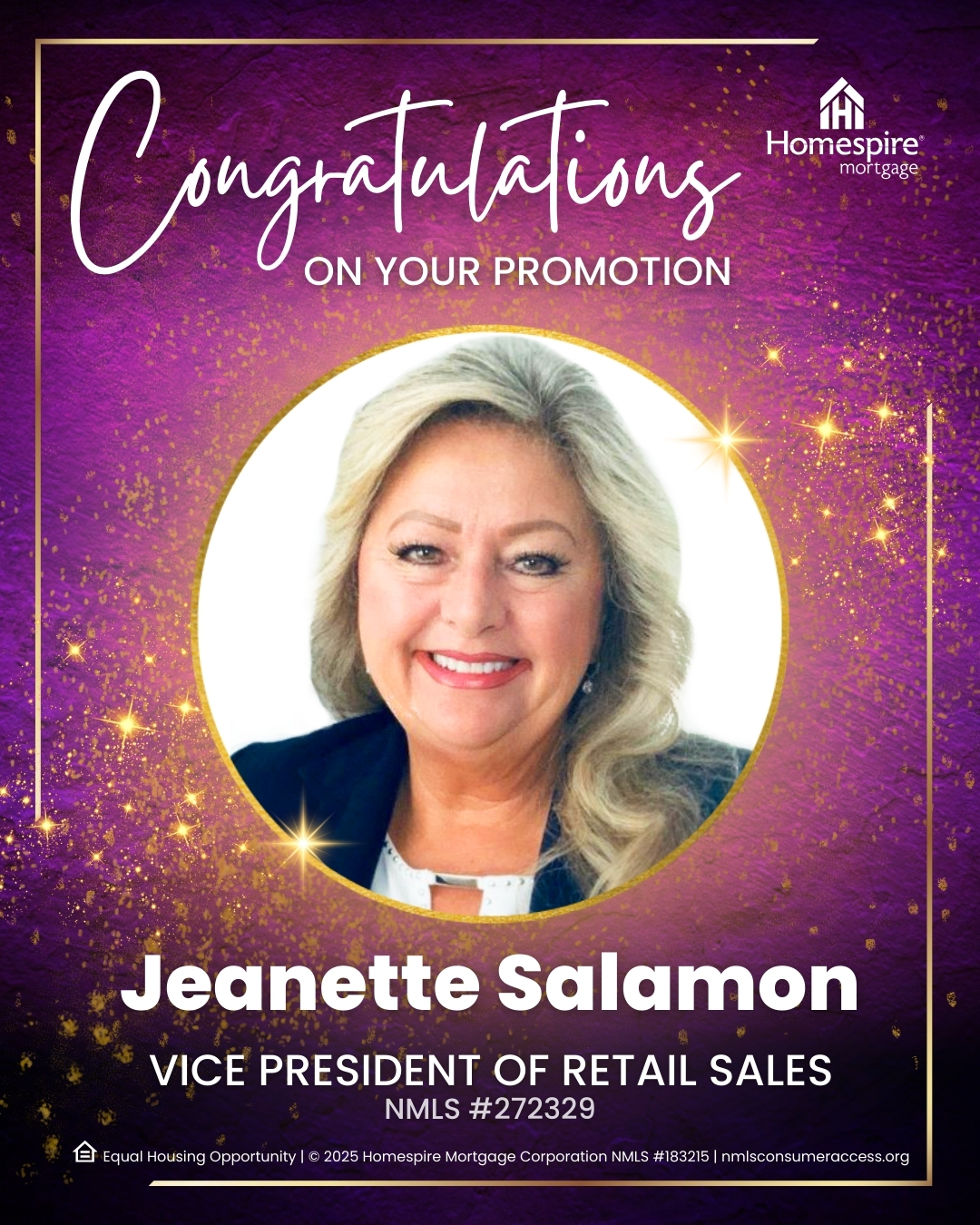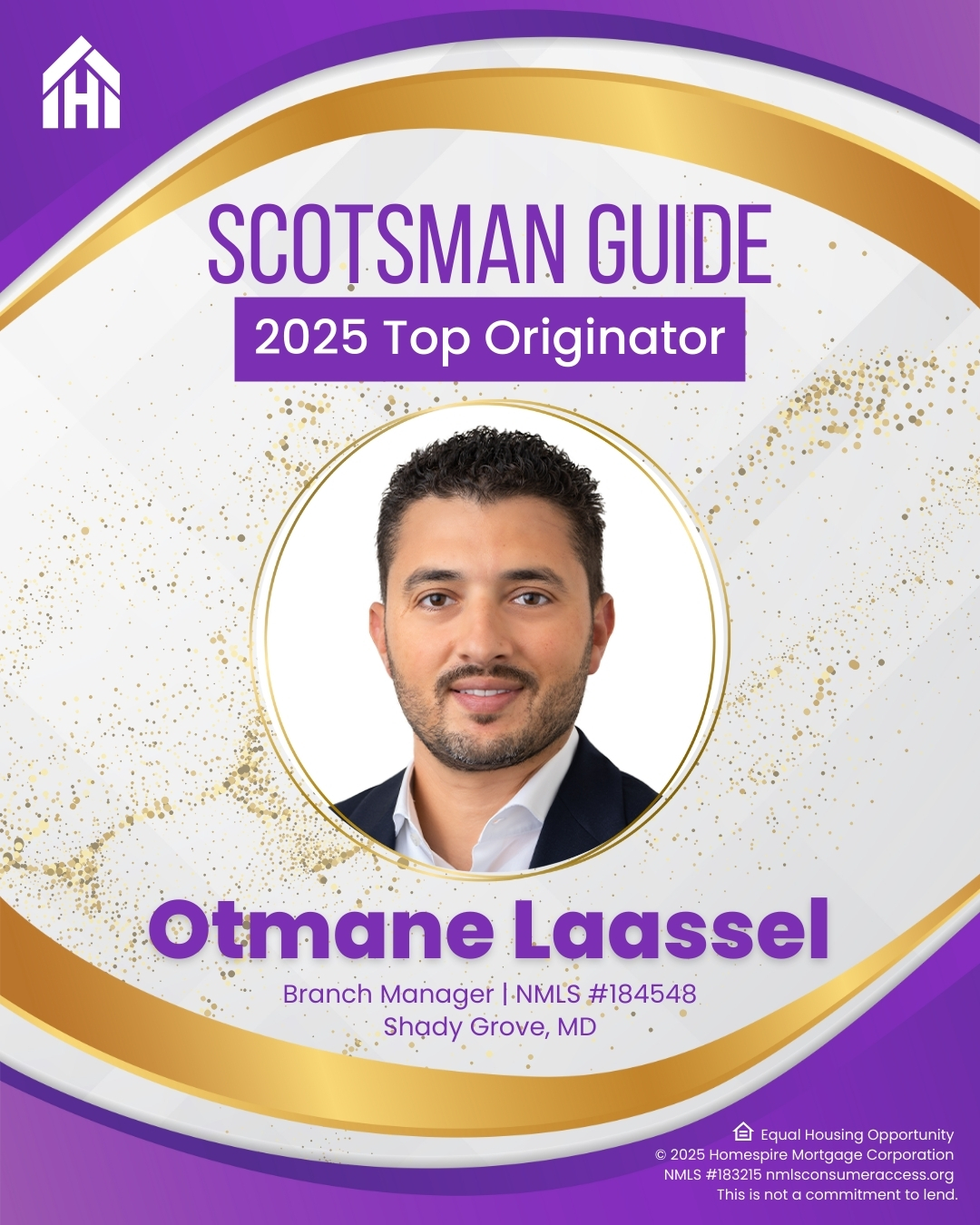By Jeanette Salamon, Homespire Mortgage Area Manager, Virginia Beach, Va.
Posted March 7, 2022 on MortgageOrb
BLOG VIEW: As the mortgage industry continues its shift from a refinance market to a purchase market, lenders are challenged to better identify qualified borrowers and help them achieve homeownership.
Accounting for more than 19 million Americans nationwide, with dedicated lending programs specifically designed to support them, military veterans represent a segment of the population that provides lenders with opportunity.
Yet, a general lack of understanding about VA loan programs and the specific needs of veterans keeps many lenders on the sideline – leading many of those who have served to feel underserved.
For starters, a qualified VA borrower must have entitlement based on their military service tenure that no other loan program requires. Typically, between 90 and 121 days of service triggers eligibility of active duty, depending on when and through which branch a veteran has served (for example, the National Guard and the Reserves are calculated a bit differently). Determining eligibility and understanding the flexibilities and benefits that the VA program offers, like use of seller concessions, debt pay down, and the waving of certain fees are all critical to maximizing the benefits of the program.
VA loans tend to be more specialized because the guidelines are intentionally written to be more flexible – particularly in approving eligible borrowers who may have had some credit challenges in the past. The VA loan program is really designed to be a benefit in that it allows military borrowers who have earned that entitlement through their service to be approved for a loan that another loan program may not allow. This is bolstered by the fact that the program also allows for manually underwritten loans, which provides the lender with more flexibility than some of the more traditional programs.
Additionally, the VA allows for a maximum of 8% seller concessions. This could free the lender up to direct 4% to pay down closing costs and prepaids, for example, and then apply the other 4% to debt pay down on behalf of the borrower, which can help with qualifying. Some lenders who have made a commitment to supporting veterans take that a step further and waive some (or all) lender fees on VA loans in some markets, which translates to significant cost savings for borrowers. This also provides significant negotiating power for lenders’ agent partners and clients when they are determining seller concessions and what they need to negotiate, or potential borrower costs at the closing table.
Many loan officers believe that VA loans are harder to qualify for and they could not be more wrong. These loan programs were intentionally written for lenders to be able to say “yes” to a qualified borrower in most circumstances.
VA Lending in the Face of Rising Real Estate Prices
It’s no secret that real estate prices have risen rapidly and dramatically over the past 18-24 months, in many cases outpacing the QM rules set by the GSEs. The response for VA loans is tied to the Blue Water Act of 2019. Prior to its passage, every county in the United States had its own VA loan limit up to which no down payment was required, essentially a 100% finance. Anything over that loan amount triggered a calculated down payment. After 2019, this was changed and today, as long as a borrower has what is known as full entitlement, meaning no other VA loans at that point, they can purchase as high a loan amount as they qualify for with no down payment. With real estate valuations continuing to rise steadily, this represents a significant advantage to the VA borrower by increasing their buying power.
Furthermore, many veterans are unaware they can have more than one active VA loan at a time (as long as their entitlement covers it, and they qualify for the loans). The VA Program allows for an unlimited purchase at 100% of the appraised value if there are no other outstanding VA loans attached to the service member’s eligibility. Unlike other loan programs (apart from FHA), VA loan borrowers can actually have as many loans as they qualify for at once. For example, if a borrower already owns a property through a VA loan, they would be capped at the loan amount on the next purchase of what they qualify for with both loans and what their eligibility will guarantee. If the borrower has no other VA loans, then there is no loan limit as long as they qualify for the payment and DTI. However, having multiple VA loans can also require some fairly complex calculations, in turn, requiring skilled and educated loan officers that know how to make it happen.
A Market That Deserves to be Served
The greatest thing holding back lenders from more fully engaging in VA lending is simply a lack of understanding about the program and its benefits. The men and women who have sacrificed so much for this country deserve better – they deserve access to the benefits to which they are entitled. Many of them – and their families — have sacrificed greatly to ensure that we all have access to the American Dream of homeownership, and it is only right that they themselves have access to that dream as well.



